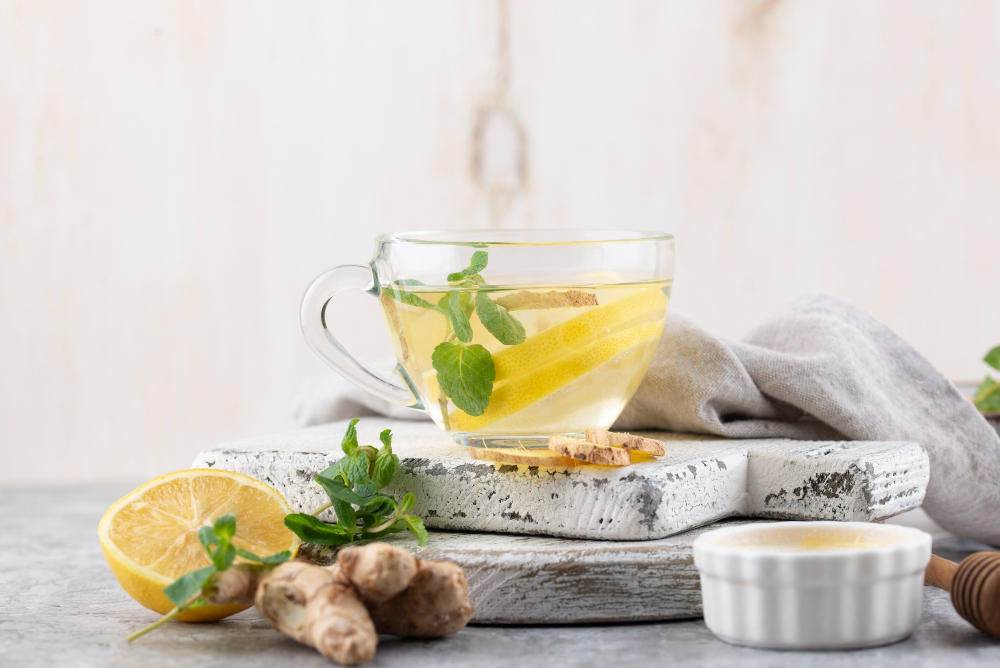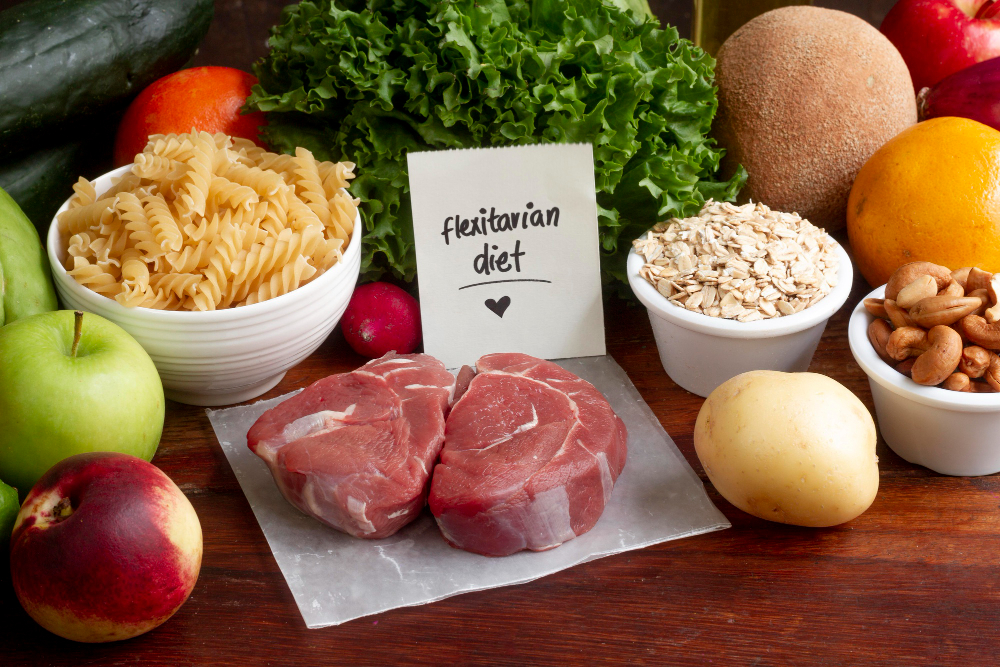Maintaining a balanced diet without compromising on taste is essential for a healthy lifestyle. Crafting low-calorie lunches that are satisfying, flavorful, and under 500 calories is not only achievable but also enjoyable. Here, we explore a range of delicious and nutrient-rich lunch options that can help you stay on track with your weight loss and health goals.
The Art of Crafting Low-Calorie Meals
Designing low-calorie lunches involves selecting the right ingredients and cooking methods. Lean proteins, fiber-rich vegetables, and whole grains form the foundation of these meals. Incorporating herbs and spices can enhance flavors without adding unnecessary calories.
1. Grilled Chicken Salad with Lemon Vinaigrette
This refreshing salad combines the lean protein of grilled chicken with the vibrant flavors of fresh vegetables. Mixed greens, cherry tomatoes, cucumber slices, and avocado are topped with grilled chicken breast and drizzled with a light lemon vinaigrette. This meal is both satisfying and under 500 calories, making it perfect for a midday boost.
2. Quinoa and Vegetable Stir-Fry
Quinoa is a protein-packed grain that complements the crunch of stir-fried vegetables like bell peppers, broccoli, and carrots. A dash of low-sodium soy sauce and a sprinkle of sesame seeds enhance the dish’s flavor. The combination of fiber and protein keeps you full for longer, ensuring you avoid unhealthy snacking later in the day.
3. Turkey and Avocado Wrap
Whole-grain wraps filled with lean turkey slices, creamy avocado, lettuce, and a touch of mustard create a delightful, low-calorie lunch option. The healthy fats from the avocado provide satiety, while the lean turkey adds protein, ensuring this meal stays under the calorie limit.
4. Lentil Soup with Whole-Grain Bread
A hearty lentil soup packed with vegetables like spinach, carrots, and tomatoes offers warmth and nourishment. Lentils are a great source of plant-based protein and fiber, promoting digestive health and satiety. Pairing it with a slice of whole-grain bread ensures a complete, low-calorie meal.
5. Tuna Salad Lettuce Wraps
Replacing bread with crisp lettuce leaves, tuna salad becomes a low-carb, low-calorie delight. Combine canned tuna with a touch of Greek yogurt, celery, and seasonings for a flavorful filling. This meal is light yet satisfying and perfect for those seeking to maintain a low-calorie diet.
6. Zucchini Noodles with Tomato Basil Sauce
For a low-carb and low-calorie twist, zucchini noodles, also known as zoodles, make an excellent pasta alternative. Toss them with a homemade tomato basil sauce and a sprinkle of parmesan cheese for a flavorful, guilt-free lunch option under 500 calories.
7. Chickpea Salad with Feta Cheese
Chickpeas are rich in fiber and protein, making them an ideal base for a hearty salad. Combine them with diced cucumbers, cherry tomatoes, red onions, and a sprinkle of feta cheese. Drizzle with olive oil and lemon juice for a Mediterranean-inspired, low-calorie meal.
8. Egg White Veggie Omelette
An egg white omelette loaded with spinach, bell peppers, and mushrooms offers a protein-rich, low-calorie option. Serve with a side of mixed greens or a slice of whole-grain toast to keep it balanced and satisfying.
9. Shrimp and Avocado Salad
Shrimp is a low-calorie, high-protein seafood option that pairs wonderfully with creamy avocado. Toss them together with mixed greens, cucumber, and a light citrus dressing for a refreshing, nutrient-dense lunch.
10. Greek Yogurt with Berries and Nuts
For a light and refreshing lunch, Greek yogurt topped with fresh berries and a sprinkle of almonds or walnuts is ideal. This meal is rich in protein, healthy fats, and antioxidants, keeping you full and energized throughout the afternoon.
Tips for Keeping Lunches Low-Calorie and Delicious
Eating healthy doesn’t mean sacrificing flavor. Smart ingredient choices and portion control are essential for maintaining a balanced diet. The following tips will help you prepare low-calorie lunches that are both satisfying and delicious.
- Portion Control: Keeping portions in check is key to maintaining a low-calorie intake without sacrificing satisfaction.
- Smart Substitutions: Opt for whole grains over refined ones, and choose lean proteins like chicken, turkey, or legumes.
- Flavor Enhancement: Utilize herbs, spices, and citrus juices to add flavor without excess calories.
- Balanced Meals: Ensure every meal includes a mix of protein, healthy fats, and fiber to promote satiety and nutritional balance.
Conclusion
Crafting low-calorie lunches that are under 500 calories doesn’t mean sacrificing flavor or satisfaction. By incorporating nutrient-dense ingredients, experimenting with herbs and spices, and focusing on portion control, it’s possible to enjoy delicious, wholesome meals that align with your health goals.










